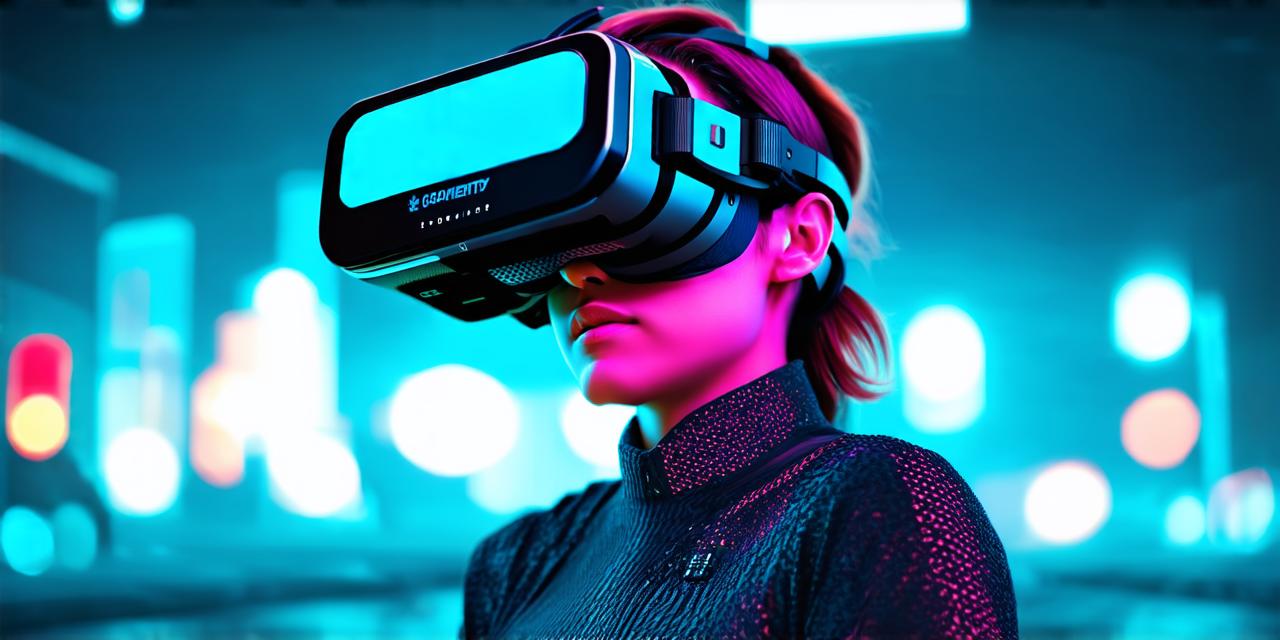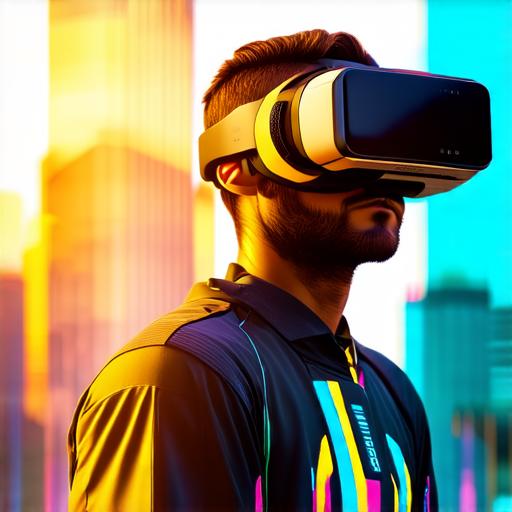
How are virtual reality and human perception interconnected?
The growing popularity of virtual reality (VR) technology has brought about a greater understanding of the complex interplay between VR and human perception. In this article, we will delve into the ways in which VR affects our perception of the world around us.
Power of Immersive Environments
Virtual reality provides users with a highly immersive experience that can be challenging to differentiate from reality. This is achieved through the use of advanced technology, such as head-mounted displays, motion tracking, and haptic feedback devices. By simulating a 3D environment that reacts to the user’s movements in real time, VR creates a sense of presence and immersion that can be truly transformative.
The Science Behind Virtual Reality and Perception
Numerous scientific studies have shed light on how virtual reality affects our perception of the world around us. One study published in Nature found that individuals who spent time in a virtual environment were more likely to remember details about the experience than those who experienced it in real life, suggesting that VR experiences can be just as effective at encoding memories as real-world experiences.
Another study published in the Journal of Experimental Psychology revealed that people who wore virtual reality headsets were more likely to perceive themselves as being in a real environment than those who did not wear the headsets, suggesting that the sense of presence created by VR technology can have a significant impact on our perception of reality.
Real-Life Applications of Virtual Reality and Perception
Virtual reality technology has numerous potential applications in various fields, including medicine, education, and training. For instance, virtual reality simulations can be used to train surgeons in complex procedures, allowing them to practice without risking the lives of real patients. Similarly, virtual reality simulations can be utilized to teach students about history or science, providing them with an immersive experience that can help them better comprehend the material.
Therapy
One notable example of how VR technology is being employed in the real world is in the field of therapy. Virtual reality simulations can be used to treat a variety of mental health conditions, such as anxiety and PTSD. By providing a safe and controlled environment for patients to confront their fears, virtual reality therapy can be an effective tool for helping individuals overcome their problems.
FAQs
* What is virtual reality (VR)?
Virtual reality is a technology that creates highly immersive environments using advanced technology such as head-mounted displays, motion tracking, and haptic feedback devices.
* How does virtual reality affect our perception of the world around us?
Virtual reality can create a sense of presence and immersion that can be difficult to distinguish from reality. This is achieved through the use of advanced technology that simulates a 3D environment that reacts to the user’s movements in real time.

* What is the science behind virtual reality and perception?
Scientific research indicates that VR experiences can be just as effective at encoding memories as real-world experiences, and the sense of presence created by VR technology can have a significant impact on our perception of reality.
* What are some real-life applications of virtual reality and perception?
Virtual reality technology has numerous potential applications in various fields, including medicine, education, and training. It can also be used in therapy to treat mental health conditions.


